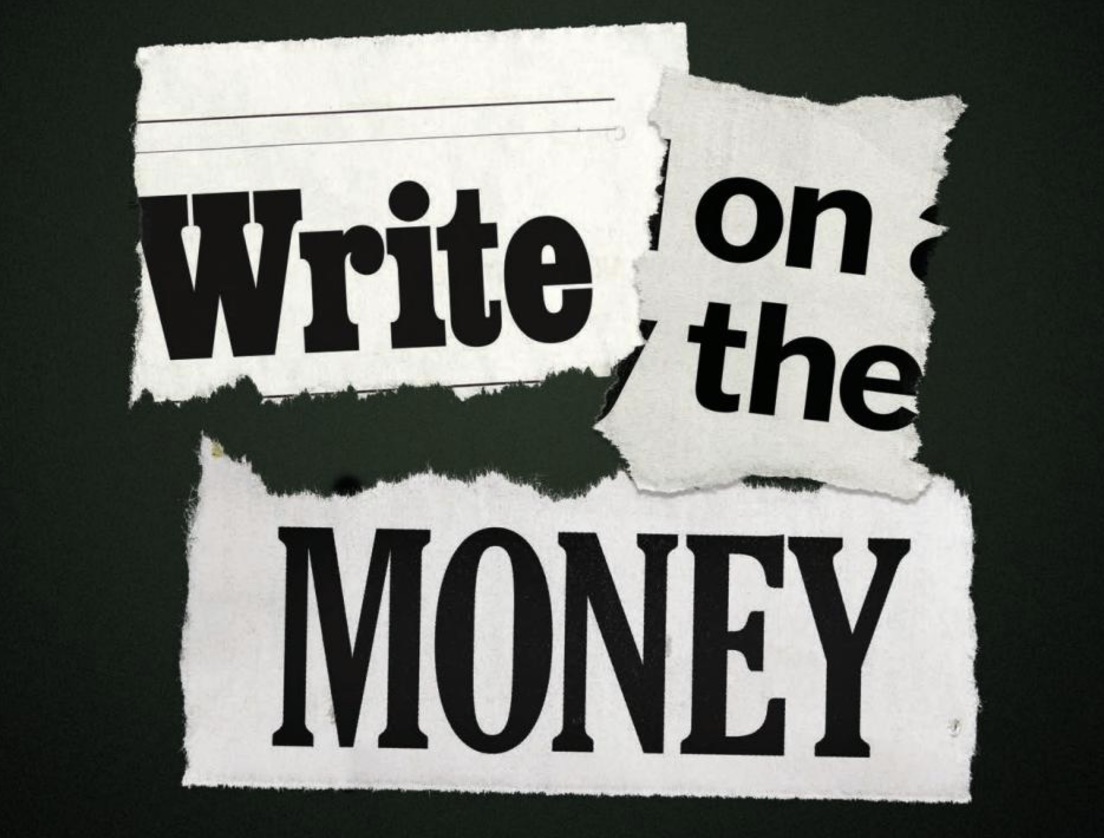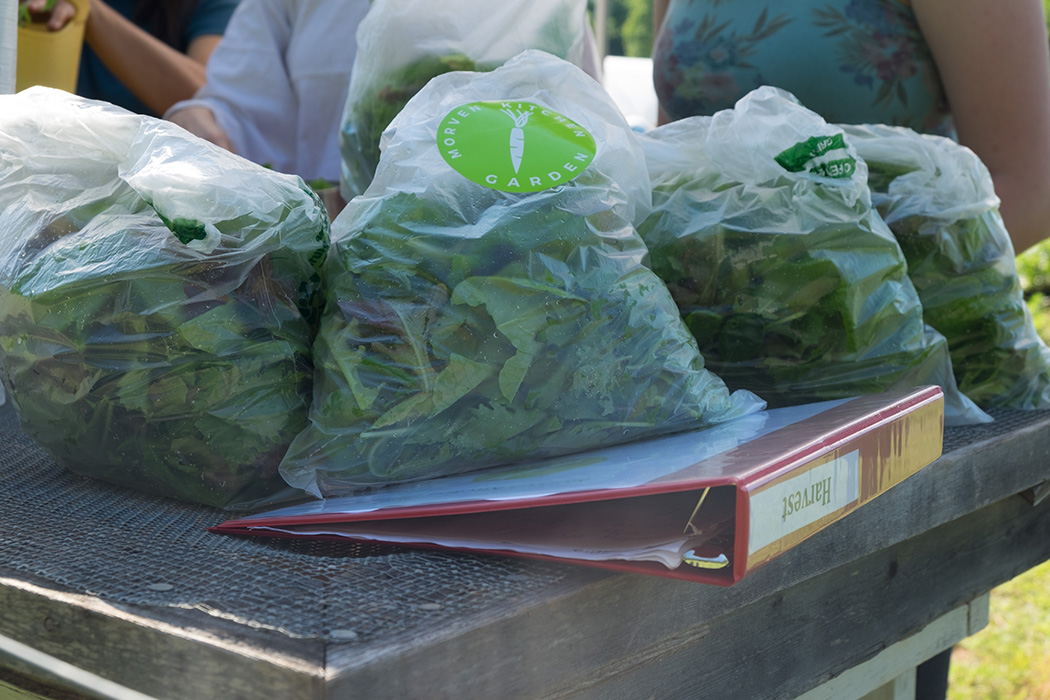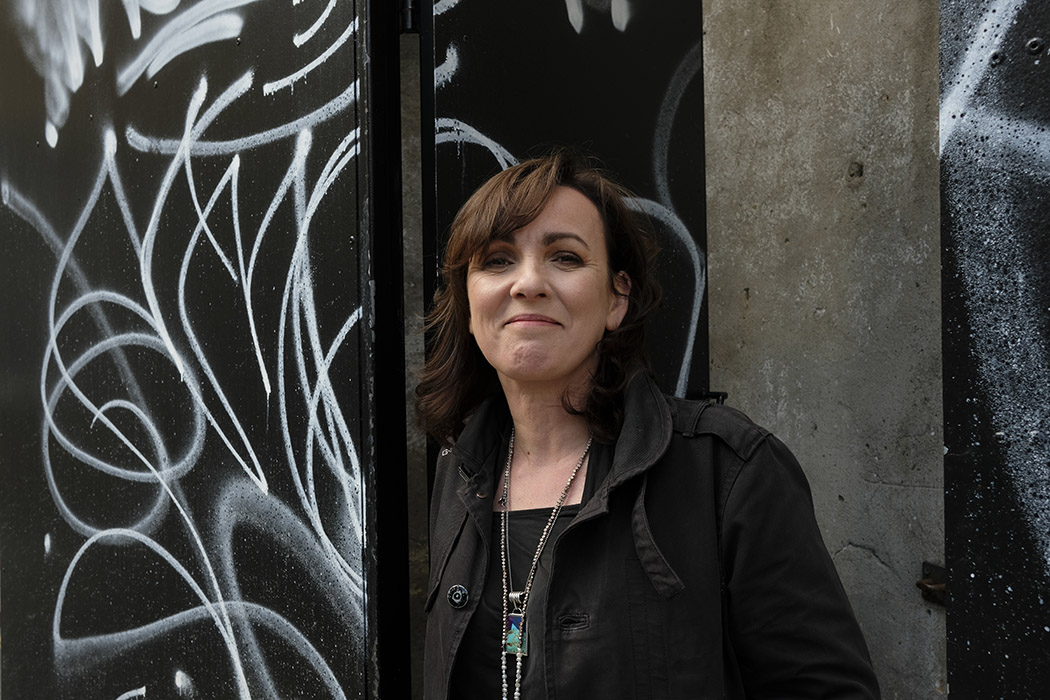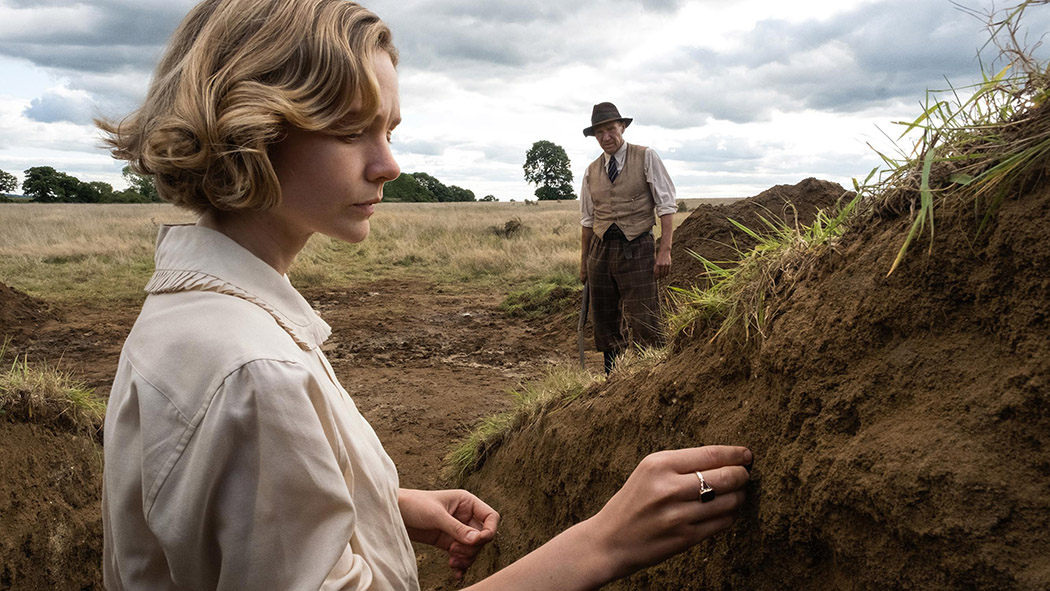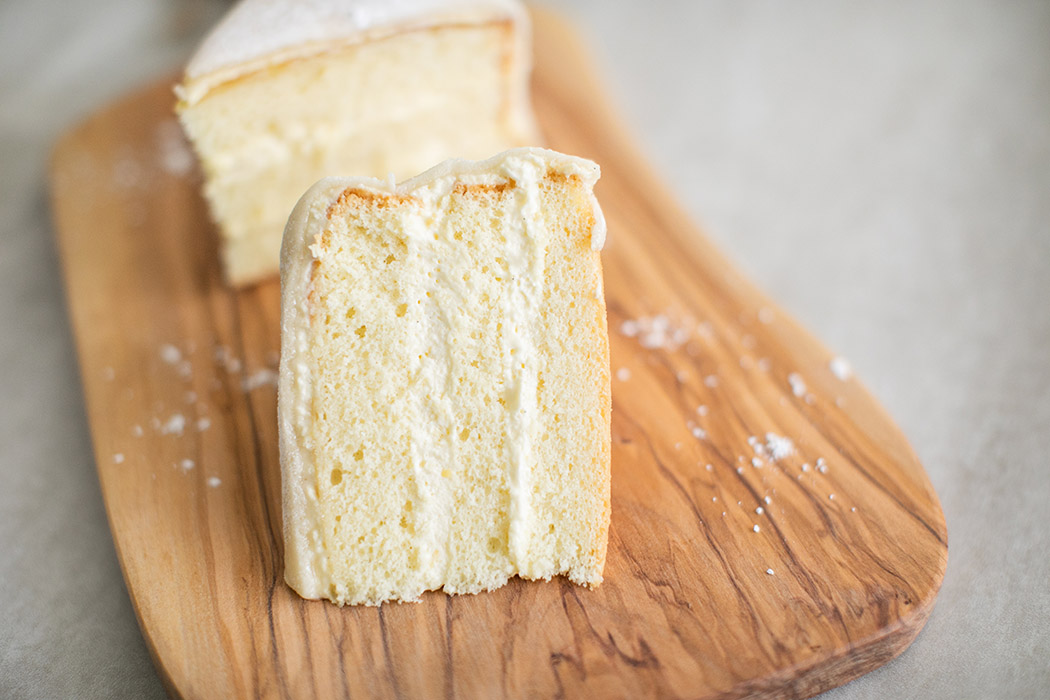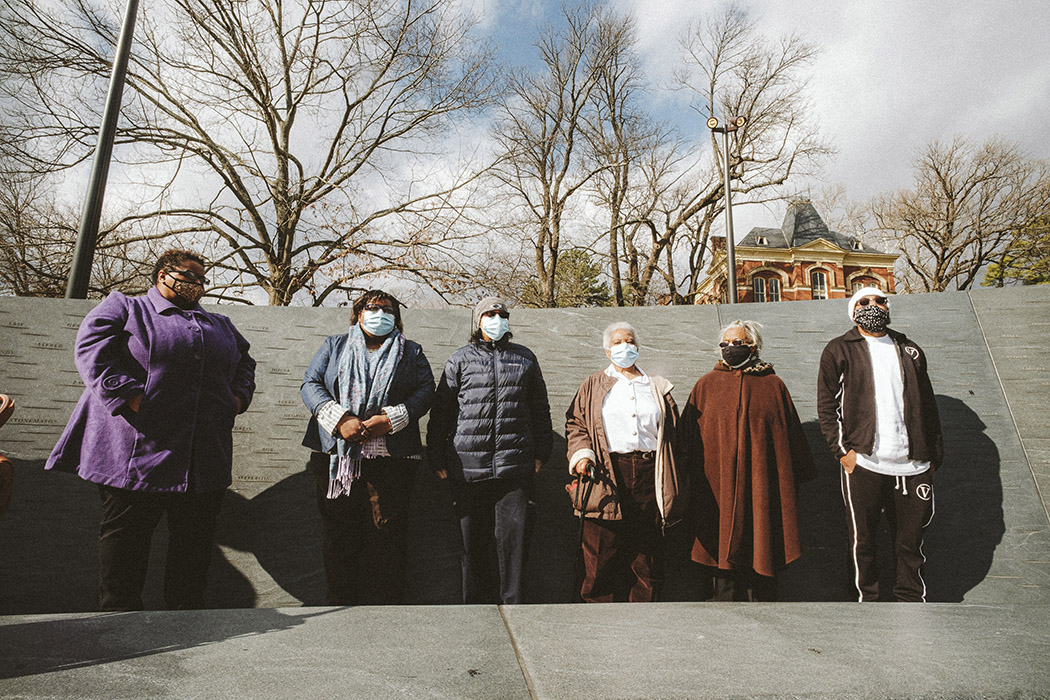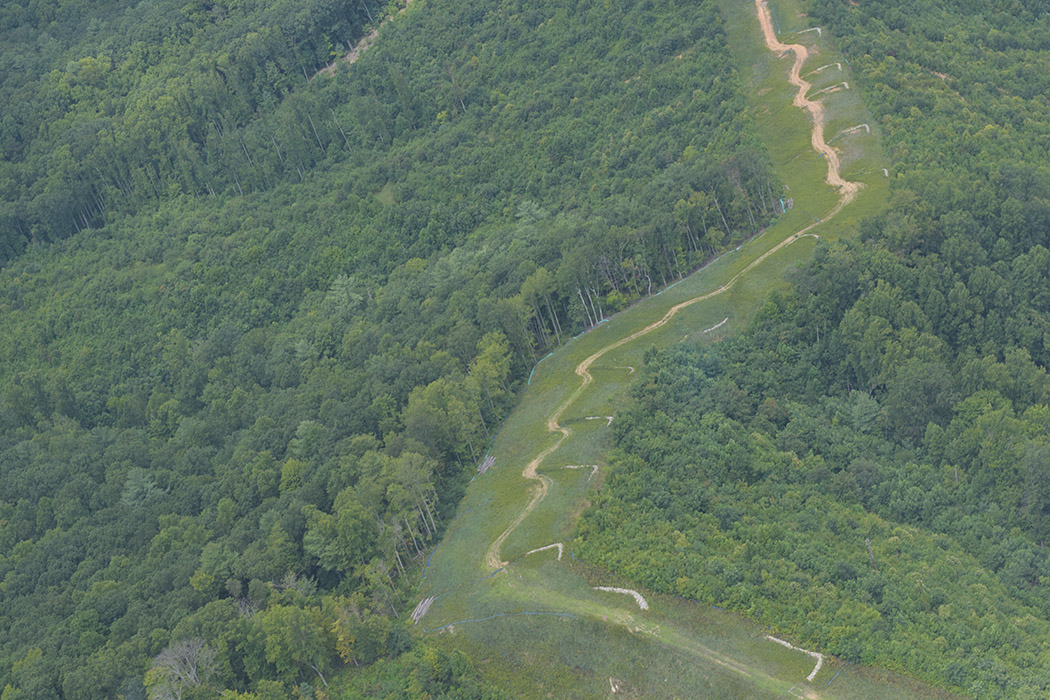By Lisa Provence
Long before the pandemic further slashed advertising revenue, newspapers were in distress. Ad dollars are being sucked up by huge corporations like Google, which made $4.7 billion in digital advertising on news sites in 2018, almost as much as the $5.1 billion every single U.S. news outlet combined made that year.
Add to that corporate takeovers of once venerable media chains that continue to gut newsrooms.
“As long as financial groups like Alden Global Capital treat newspapers as commodities, rather than the bread and butter of democracy,” says UVA media studies professor Christopher Ali, the future of the daily newspaper looks dim.
Charlottesville’s local media is feeling those shifts. Around town, established media outlets are trying to adapt, with varying levels of success. Meanwhile, two veteran reporters launched or expanded their own Substack news sites during COVID-throttled 2020.
“The thing I continue to see is the ongoing evisceration of the Daily Progress,” says Ali, who is on the board of Charlottesville Tomorrow. “I continue to see the decline of the newspaper of record.”
The Progress has been struggling since it was owned by debt-laden Media General. When Warren Buffett’s Berkshire Hathaway Media Group bought the chain in 2012, it was seen as a lifeline to the shrinking paper. But Buffett was not the white knight journalists had hoped, and after declaring newspapers “toast,” he sold 31 dailies to Iowa-based Lee Enterprises early last year.
And, like other corporations that unload newspapers’ real estate, BH Media is selling the Daily Progress building on Rio Road and leasing back a portion of the building to the paper, publisher Peter Yates announced last week.
Lee is known to squeeze out profits through layoffs and consolidations. Even more chilling for those who care about their local newspaper, hedge fund paper-killer Alden Global Capital owns 13 percent of Lee. In April 2018, before Lee took over, the Progress had 26 staffers. Today it has 15 in the newsroom.
For the staffers at the Progress, adapting to the changes in the national media landscape meant forming a union, the Blue Ridge Guild, which signed a contract with Lee last April.
The union wasn’t enough to keep the paper’s copy desk from going to Midwest. Nor did it prevent already low-paid employees from being furloughed without pay for two weeks last year. Nor were vacant positions, like a dedicated UVA reporter, filled.
“The biggest difference? We don’t go to work every day with the existential dread we’ll be laid off,” says Guild president Katherine Knott.
The contract guarantees two weeks notice and four weeks severance. “That’s as big as we could dream,” says Knott.
With the reduced staff and fewer reporters assigned to beats like UVA or health, a lot of the Covid-19 coverage has been done by committee. “Maybe that means a meeting doesn’t get covered,” says Knott.
“I feel like local news was not in a sustainable situation before the pandemic,” she says. “The pandemic has exacerbated that. I’m not an optimist. I hope Lee figures it out. I hope someone figures it out.”
Daily Progress editor Aaron Richardson declined to comment.
It’s no secret that Charlottesville’s other print newspaper, the one you’re reading right now, has also seen advertising revenue fall as local businesses have been hurt by the pandemic. Coronavirus was a “nearly perfect weapon against alternative weeklies,” reported Nieman Lab this spring, and in June, C-VILLE laid off six employees.
Since then, the paper has continued publishing, and started a membership program. “It’s a way for readers to support local journalism,” says publisher Anna Harrison. “We had people reaching out asking how to help. Lots of other alternative papers are doing this—at least the ones still in business.”
Harrison says the paper has over 100 paid memberships, and more than 9,500 readers receive its weekly newsletter. The memberships don’t add that much to the bottom line, she says, but do help pay for photographers or freelance reporters—and they’re a way to engage readers.
The memberships don’t surprise Ali, who says local news weeklies and dailies “have to experiment with different revenue models because the advertising revenue is not there.” For example, ProPublica seeks funding to pursue certain articles, he says. Hosting events is another way papers have sought revenue.
Harrison bucks the trend of those who see advertising-supported print as doomed. “I think the majority of our revenue will continue to be in print once things open up again,” she says. C-VILLE’s circulation fell in the early days of the pandemic but has trended upwards since.
At the same time, some independent writers are changing the way they operate. Dave McNair, a former Hook reporter, started his DTM news site in 2012. Last year he switched to subscriptions and was surprised how many people signed up.
“There’s definitely been a shift in things,” he says. For a long time, “‘paywall’ was such a dirty word. Things have changed and people are willing to pay subscriptions. That saved the New York Times.”
Other changes McNair has seen since the Hook closed in 2013? “A lot of information comes directly from sources,” he says. “We didn’t have to deal with a mayor with 4,000 Facebook followers.”
He points out the reach activist Molly Conger has with her 104,000 Twitter followers. “C-VILLE Weekly has 16,000. The Daily Progress has 35,000. She has more followers than local media.”
McNair is not a believer in traditional print revenue models. “I don’t see how you can make any money on print advertising,” he says. “I think the corporate ownership model is doomed. You see how it affects the people who work [at the Progress]. They have to use their energy to fight their employer when you’re not even making that much.”
And he notes that the Daily Progress Twitter feed includes no local news. The paper’s digital content coordinator was laid off in September.
What the DTM brings to local news—besides McNair’s institutional knowledge—is a zestier writing style than more established media. In a recent story in which Charlottesville Police Chief RaShall Brackney took to task the Unitarian Universalists Church of Charlottesville for alleging racial profiling, both the Progress and C-Ville headlines said the chief “refutes” the church’s claims. The DTM described Brackney’s comments as a “blistering rebuke.”
McNair declines to say how many subscribers he has, and he isn’t giving up his day job.
Former Charlottesville Tomorrow reporter and Piedmont Environmental Council land-use representative Sean Tubbs did give up his day job. He was working on a podcast with PEC’s blessing when the pandemic began, and by summer, he felt a need to get back to work as a journalist.
He’s been delivering a podcast and newsletter on Charlottesville Community Engagement five days a week. “Initial interest was enough to help me take a leap of faith,” he writes in an email.
Tubbs has doubled down on covering the pandemic locally, as well as covering government meetings. He says he brings “years of experience covering municipal government, and a renewed interest in documenting how this community gets through the next set of challenges.”
Tubbs’ Patreon account has 75 contributors. “That’s just one of many sources of revenue,” he says, listing his Substack platform and sponsorship opportunities. “The audience is growing slowly, and I’ve demonstrated I’m here to do this work.”
While he declines to say how many subscribers he has, Tubbs offers that he has produced more than 130 newsletters and each is read by around 500 people.
Veteran reporters deciding to go it alone is “something we’re seeing a lot of,” says Ali. “The challenge with these startups is not professionalism and is not gusto. The problem is sustainability.” Burnout and financial sustainability take their toll, he adds.
Tubbs does not plan to remain a single-proprietor news shop. “My hope is to be able to hire people in the future, and train younger people in the kind of civic journalism I believe every American community deserves to help restore our democracy,” he says.
The one news org in town that seems impervious to pandemic pain is nonprofit Charlottesville Tomorrow. Founded in 2005 by deep-pocketed donors to focus on land use, community design and transportation, Charlottesville Tomorrow has expanded its purview.
“We did rewrite our mission to become a public service news entity for the whole community rather than focus on land use,” says executive director Giles Morris, who used to be C-VILLE editor.
Charlottesville Tomorrow partnered with In My Humble Opinion radio show that covers issues affecting the local Black community, and with Vinegar Hill Magazine, which supports a “more inclusive social narrative,” to form Charlottesville Inclusive Media.
“Charlottesville has a big gap in trust between the Black community and legacy news organizations,” says Morris.
The inclusive mindset and partnerships have paid off in grants, including $150,000 from Google GNI Innovation Challenge, $35,000 from Facebook Journalism Project and $23,000 from Charlottesville Area Community Foundation.
“We didn’t have the disruptions in our revenue like others did,” says Morris.
The nonprofit model seems to work well in a town like Charlottesville, with a large, highly educated donor class. In 2018, Charlottesville Tomorrow’s revenue was around $500,000. Now it’s $700,000. “This has been our best year,” says Morris.
And Charlottesville Tomorrow is hiring. Its ad for a community engagement reporter with a salary range of $50,000 to $60,000 has certainly caught the attention of local reporters stuck in the $30K salary range.
“Someone has to pay for reporters,” says Morris. “We believe in journalism” and the importance of its role in a democracy, he says.
“I think Charlottesville Tomorrow is doing exactly what a local news organization needs to do to be local,” says Ali. “They’re clearly being rewarded for that. They’re hiring and they’ve doubled down on local news. No one goes to local news to find out about Afghanistan.”
Among the publications thriving in their own space is Vinegar Hill Magazine. “I wouldn’t call Vinegar Hill Magazine boutique,” says its content manager Sarad Davenport. “I’d call it bootstrapped.” The quarterly publication started as a two-page newsletter to tell the stories that otherwise wouldn’t get told, and has seen an increase in advertising.
“We’re in a different galaxy from other news organizations in how the pandemic has affected us,” says Davenport. “Some people have lost a lot but we never had anything.”
Charlottesville is a “pretty news-hungry area,” he says. “Everyone is settling into its niche. The publication struggling with that is the Daily Progress.”
He suggests local news orgs think in terms of “coop-etition” and cites the groundbreaking, now-defunct agreement between the Progress and Charlottesville Tomorrow in which the paper ran CT’s coverage of government meetings. That, he says, was the “intersection of competition and cooperation.”
McNair similarly says that teamwork could be the key to keeping local news in business. He suggests individuals who have created huge platforms online could team up to form a local digital subscription platform.
“People are hungry for real independent news,” he says.“They’re willing to pay for news now moreso than in the past.”
